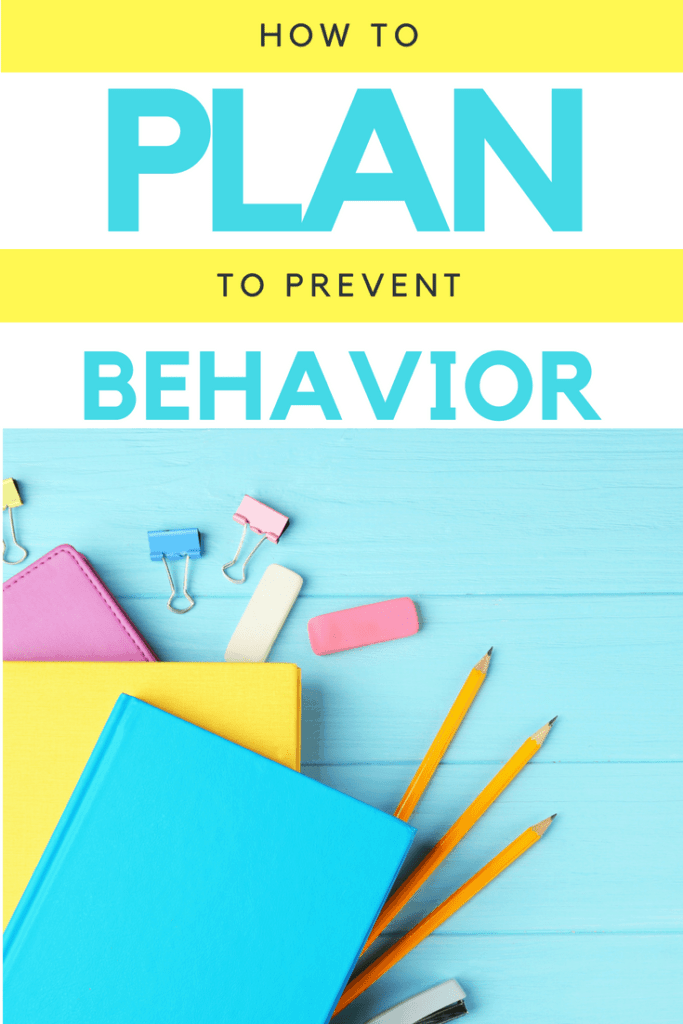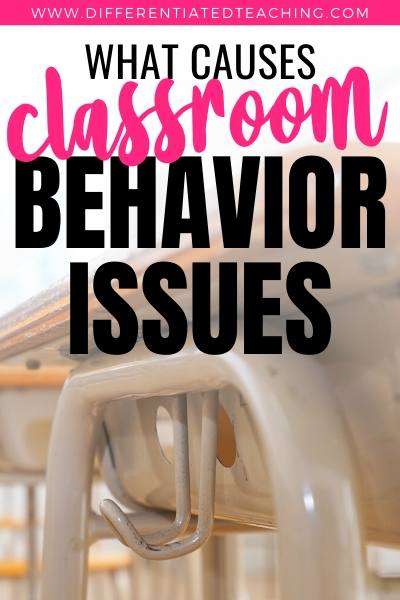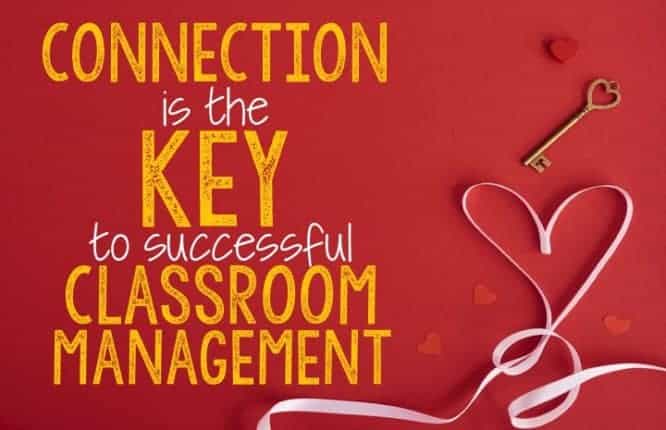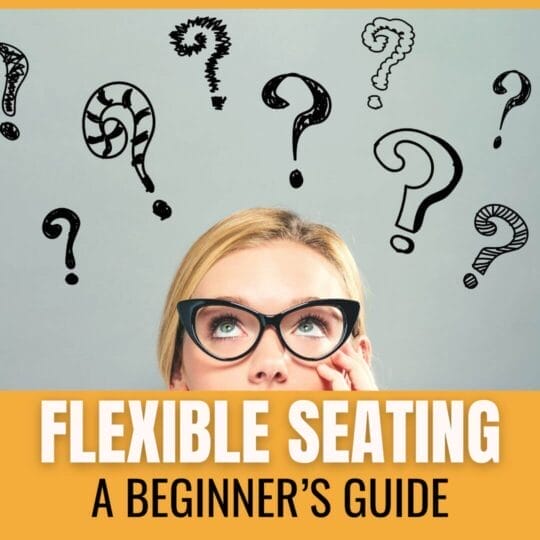5 Simple Tips to Cure Spring Fever
Spring break is quickly approaching. Whether you’re counting down the days or still have weeks to go, this is a challenging time of year to keep students focused on learning. It’s also when burnout tends to hit hard, and it and it can be easy to let classroom management slide just a little as you begin the countdown. However, the end result is a frustrated teacher and out of control students.
Instead of loosening the reigns as spring break approaches, try these tips to keep your classroom management in tip-top shape and reduce behavior issues.

5 Simple Classroom Strategies for Spring Behavior Issues
Everyone focuses on effective classroom management at the beginning of the year, but in reality, there are a number of times during the school year that require more time and effort to keep things on track. The weeks leading up to spring break are definitely near the top of the list.
1. Re-evaluate how you use your space.
As they say in real estate- LOCATION, LOCATION, LOCATION. It is tempting to call the kids over to squish together on the carpet or to pull chairs over in front of the Smartboard.
Even if this has been going well all year, as spring gets closer, students sometimes struggle with boundaries and need more space.
Their bodies are have grown and spaces that used to be large enough are beginning to feel cramped.
They’ve also gotten to the point where they know each other well enough that you can’t easily keep the talkers apart, which can sidetrack even the best lesson plans.
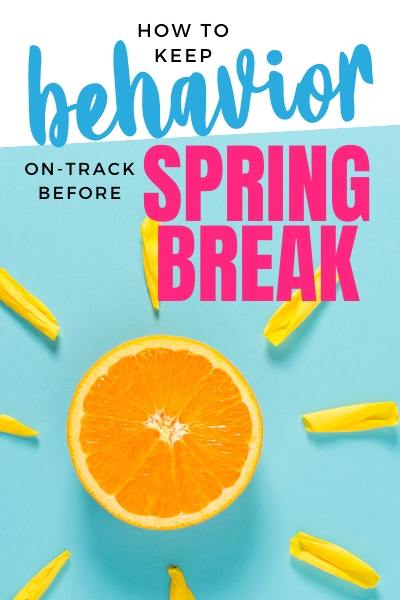
It’s important to consider how you’ll adjust or review the expectations for using the space in your classroom as spring break approaches. It might also mean pulling back the reigns a little bit on some freedoms students are now taking advantage of.
Don’t be afraid to temporarily assign spots or move furniture to expand a carpet area that has gotten a bit too small.
Learn more about creating your classroom seating: Seating Arrangements- What’s Right for You?
2. Build extra breaks into your lesson plans.
If an activity requires your students to sit and get for more than 15 minutes, make adjustments or plan to take a break in the middle. At this point in the year, students are getting wiggly. We’re asking more of them and many of the activities they’re being asked to do (like test prep) require a lot of sitting still and focus.
Whether you like it or not, the kids are going to find ways to get their movement needs to be met. Either you can facilitate the movement at a time of your choosing, or they will wiggle, poke, pick, and play while you are trying to teach. Take your pick!
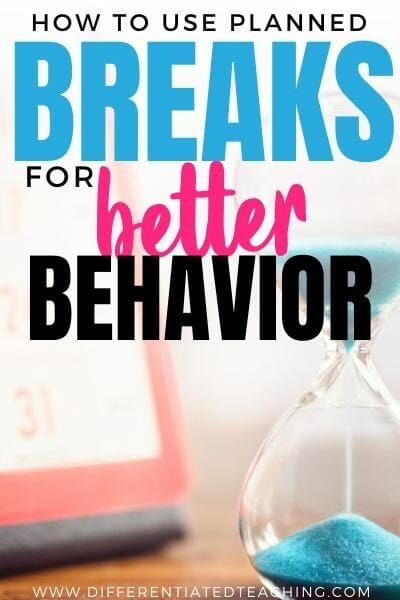
You don’t have to do anything wild or crazy. Something as simple as having students stand up when they answer a guided math question can make a big difference. I love to use movement attention getters.
For example, I might have students wiggle their ears or touch their toes when they’ve finished recording the answer in their journal. This lets me know how many students are still working, but it gives students a chance to move.
Trust me. Incorporate movement and your class will be a happier place.
3. Repeat, repeat, repeat.
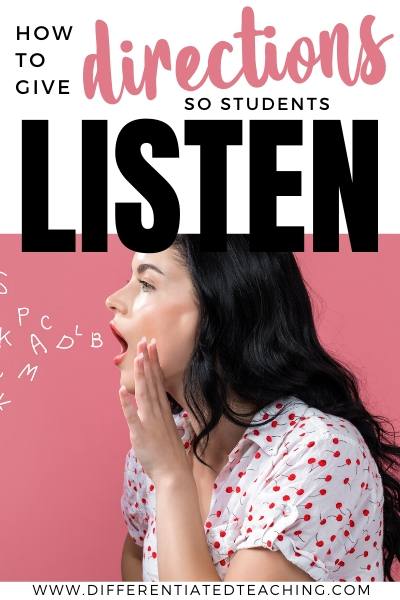
But make sure you’re not the only one doing it! Give your directions then have someone else repeat them. Many classroom management issues start because the kids don’t have any idea what they are supposed to be doing.
At this time of year, some of your chatty students are more likely to listen to their peers so give students a chance to repeat the directions to a classmate.
Ask them quick, rapid-fire yes and no questions that make them think about your directions.
For example, if the direction is to turn the paper into the basket on my desk after they finish, I might say, “So when I am done, I should shove my paper into the back of my desk never to be seen again, right?”.
The crazier you can make your ideas the more the kids will tune in. That gives you a chance to follow up with, “Then what should I do with my paper when I am done?”…you’re repeating without repeating!
4. Don’t be afraid to change things up.
See that kid over there who is now counting the number of tiles on the ceiling? Maybe those two girls who are digging in their desks or coloring on their nails? They are your cue it is time to switch things up.
As spring break approaches, you’ve got to make sure you’re focused on creating learning opportunities that encourage engagement because disengagement is natural as the weather begins to perk up.
One way I liked to do this was to transition from group work to pairs. I found that it was much easier to keep pairs of students engaged and on-task as spring break approached. Depending on the students, I was able to have a few groups of 3, but for the most part, I waited until after the break to transition back to self-guided group activities.
You might also have to shorten lessons. When students start to disengage, it means you’ve gone on too long. Finish up your main points and move them into an activity. Chunking lessons can be a great help, but you’ve also got to have reasonable expectations. There is no reason you should be reviewing or introducing 20 new vocabulary words all at once in a full class format.
Break students into groups to act them out or play Pictionary. Please, PLEASE do not sit there for 45 minutes going through each word by asking what it means. YAWN! Yes, testing is coming, but I promise nothing is going in when your students are bored.
5. Use student helpers to keep things on track.
Got that kid who cannot sit still…or who likes to get his friends off-task with him?
Give him a job to do. Have him pass out papers, collect papers, hand out pencils, go throw something away for you, point out something on the board.
Really it doesn’t matter what. Giving the child a break from the situation for a minute can help reset behavior before it escalates. It also allows you to keep your lesson flowing at a steady pace while he or she passes out papers.
Looking to learn more about classroom management?
And that’s it! Five easy things you can try tomorrow if you’re class is getting squirrely leading up to spring break. Looking for more classroom management articles? You might enjoy these:

